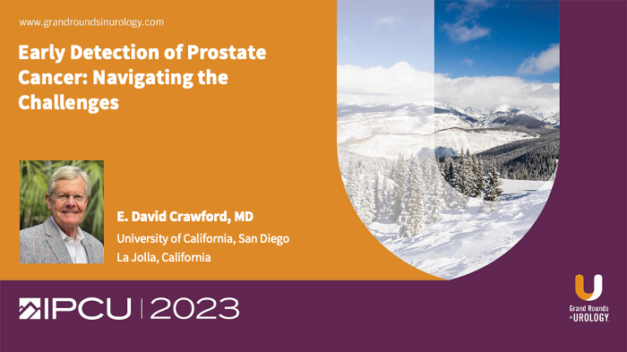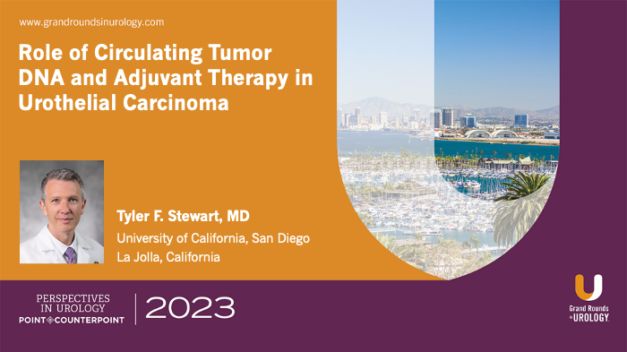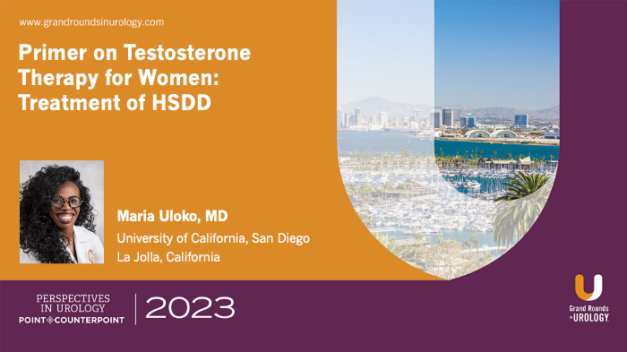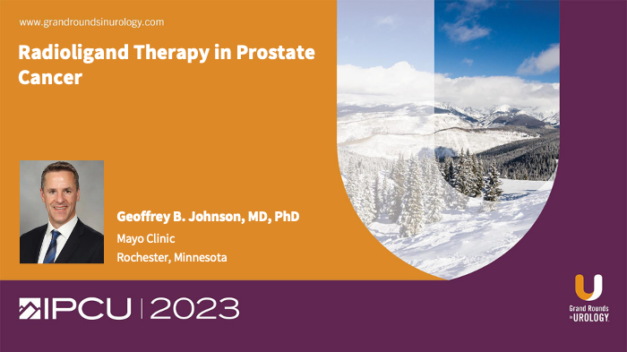Early Detection of Prostate Cancer: Navigating the Challenges in 2023
E. David Crawford, MD, Editor-in-Chief of Grand Rounds in Urology and Professor of Urology at the University of California, San Diego, discusses the challenges of early detection of prostate cancer (PCa) and recommends a prostate-specific antigen (PSA) cut-off of 1.5 ng/ml. Because most diagnostic testing is completed by primary care physicians who may not understand the nuances of PSA testing, Dr. Crawford recognizes that they need a simple message from urologists. Dr. Crawford contends that PSA testing should be considered as routine as measuring a patient’s cholesterol, especially since more than 70% of men will have a PSA of less than 1.5 and will not require further screening for another 5 to 10 years.
He states that a PSA of 1.5 ng/ml to 4.0 ng/ml may be in a “danger zone” and require additional testing for benign prostatic hyperplasia (BPH), PCa, and PCa risk. Dr. Crawford concludes by reiterating the importance of simple messaging to move forward with effective screening and early detection of PCa.
Read More




